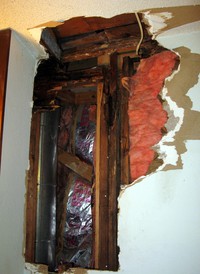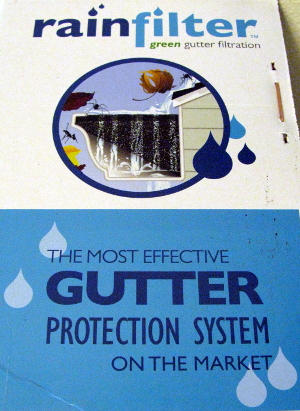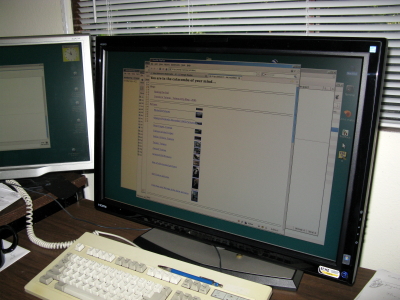Quick bottom line:
| Chinavasion | Professional, responsive and web-competent. |
| Travel Honey Watch | Not much value. A bust. |
The GlobalSat GH615 watch is falling apart.
I like the watch form-factor for GPS.
- The wrist is a very handy place to carry a GPS unit.
- A watch must necessarily be nicely small.
- Synchronizing the camera’s clock with geo-tagging photos is easy. Take a picture of the watch’s GPS time. Then sync the picture in TrodTrack to the time on the watch. I do this for every hike or photo session. The camera’s clock loses a second every week or so.
What to do?
Turns out, GPS watches are rare. I’ll sadly share credit with GlobalSat for ruining the GH615’s excellent chances for success in the market. Garmin Forerunners can be had for a bit over $100 on eBay. Forerunners look kind of klunky, at best. And, new, they are overpriced.
So what to do?
A web search found Chinavasion and the unfortunately named Travel Honey watch.
Note to manufacturer: In the U.S., “honey” means either the tasty stuff that comes from bees or this. Your products don’t come from bees.
On the subject of names: Chinavasion? Guys, if my experience with you is representative, you’re on your way to the top. But, consider, what would your impression of a Japanese company named Japanvasion be?
It took a two or three weeks to get the watch by mail from Hong Kong. No problem there. ‘Bout what you’d expect.
Out of box:
The shipping box perfectly fit around the product’s box. Wow!
Software
The included iTravel software is a finished product. Its Google Maps code is better than my TrodTrack code – faster and with a couple of nice spiffs. The track point editor is a nice thing. The UI layout looks good and well thought out.
It took a product key to get the program to talk to the watch. The key was not in the box so I got one from Chinavasion by on-line chat and email. Who knows whether it’s paid for. Anyway, it worked.
But I won’t be using the iTravel software except on the laptop while traveling. I have used an open source Linux program to pull the tracks off the watch. The watch protocol is documented and if I were to use the watch, I’d probably end up writing Python code to talk to it. But I won’t be using this watch as a primary GPS.
Watch
The watch is smaller than the GH615. That’s nice.
The time-keeping part of the watch, itself, is bargain basement. “Uselessly inaccurate” might be the most accurate description. And, since it’s not a GPS-time watch, it cannot be used to sync the camera time.
The GPS is provided by a SkyTraq Venus 6 GPS chip. In this watch the GPS is clearly inferior to the SirfIII in the GH-615. It loses its way in Northwest forests often and without fail.
This is a killer.
There are other problems. For instance, I have the GPS set for 1-second samples. It occasionally switches to 5-second samples and/or no sampling. The only way to get the watch back working is to reset the settings through the PC software.
So, this Travel Honey watch was a nice experiment. I’d wanted to see how another GPS chip matched up against the SirfIII. Now I know. It could be that the weakness of this GPS is in the small, watch packaging. But why chance it? I’ll probably get a normal GPS logger that uses the SirfIII chip. And, knowing me, I’ll probably end up using the GH-615 for another couple of years.
I’m inclined to get another gadget from Chinavasion. They (and many other outlets like them) certainly open a window in to another world. … so many gadgets at cut-rate prices of probable cut-rate quality.
This other world is interesting. During the 80’s and 90’s Taiwan cranked out a lot of PC boards and such-like in white boxes for low prices. One would have expected that the quality of such devices would be low. But that was not the case. Compared to the “name” brands, they were almost always:
- Cheaper
- Simpler to install and use
- Higher quality
- More powerful
- Even with fractured English, often better (geekier) documented
My gut feeling is that these eleven-teen jillion Chinese gadgets are not like that. They give off an aura that matches the Travel Honey watch: cheap junk with a promising core. Think Japanese products from the 50’s and early 60’s.
Anyway, this evolutionary process will be fun to watch.







